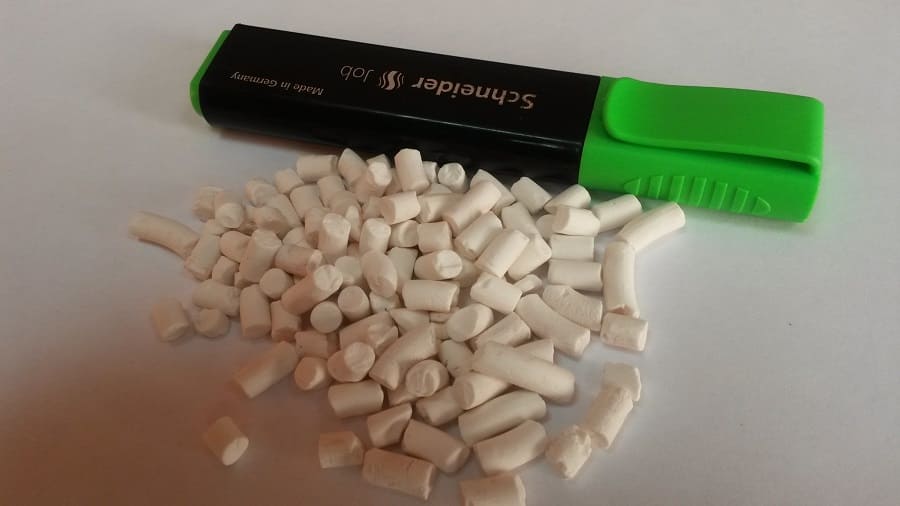Zeolite regeneration is necessary when the zeolite is saturated with moisture or other substances that it has absorbed. This article is devoted to the problem of zeolite regeneration used in the process of natural gas treatment.
Why moisture appears in natural gas?
Natural gas storing is required to smoothen demand and to reduce the dependence on supply. Natural gas is normally purchased in summer when there is less need for it, and used in winter. During this time, the gas is stored and accumulated in large storage facilities prevalently of underground type. The disadvantage of underground storage facilities is that the gas becomes saturated with water vapor while stored.
The dissolved water contained in the gas causes the development of hydrates — hard, ice-like crystals that form under high pressure in low-temperature wellstreams, which, in turn, leads to freezing and blocking of pipelines, valves, and other arrangements, actually stopping the equipment that runs on natural gas. In order to prevent the adverse effects of hydrates, natural gas dehydration is applied.
Natural gas drying methods
Several gas dehydration methods have been developed for industrial needs. The prominent one among them is a simple and inexpensive method for dry gas production using zeolite adsorbent. Zeolite is intrinsically hygroscopic, so it smoothly absorbs water and securely retains it in its granules. However, it has a limit on the volume of water it can absorb. Usually, this volume is not greater than 25% of zeolite mass. After the zeolite has been saturated with moisture, it should either be changed for a new one which requires additional financial costs, or the absorptive properties of the spent zeolite should be reclaimed and reused for gas dehydration.
GlobeCore has developed a zeolite regeneration technology which is implemented in BRZ-100 system.
BRZ-100 zeolite regeneration system
The BRZ-100 zeolite regeneration system includes a heater for heating the air and a blower for treatment of zeolite with hot air. This treatment results in efficient removal of moisture from zeolite granules. Zeolite regains its initial state and is ready to be reused for natural gas dehydration. As you can see, the zeolite regeneration process with the use of GlobeCore technology is quite simple.
The BRZ-100 zeolite regeneration system is easy to maintain, compact-size, and mobile, because it is mounted on a wheeled platform. In addition to zeolite, the equipment can also be used to regenerate other solid adsorbents, for example, silica gel. And the reserve power of the heater allows heating the air up to 400 degrees Celsius which makes it possible to use the BRZ-100 system for solving the related problems that require this heating temperature.
Thus, the use of GlobeСore technology makes it possible to considerably reduce the costs associated with maintenance of zeolite-filled equipment used for natural gas dehydration, to avoid the disposal of spent zeolite, to mitigate environmental pollution, and to ensure the operational reliability of gas pipelines and boiler facilities.
And how do you address the problem of spent zeolite regeneration?

